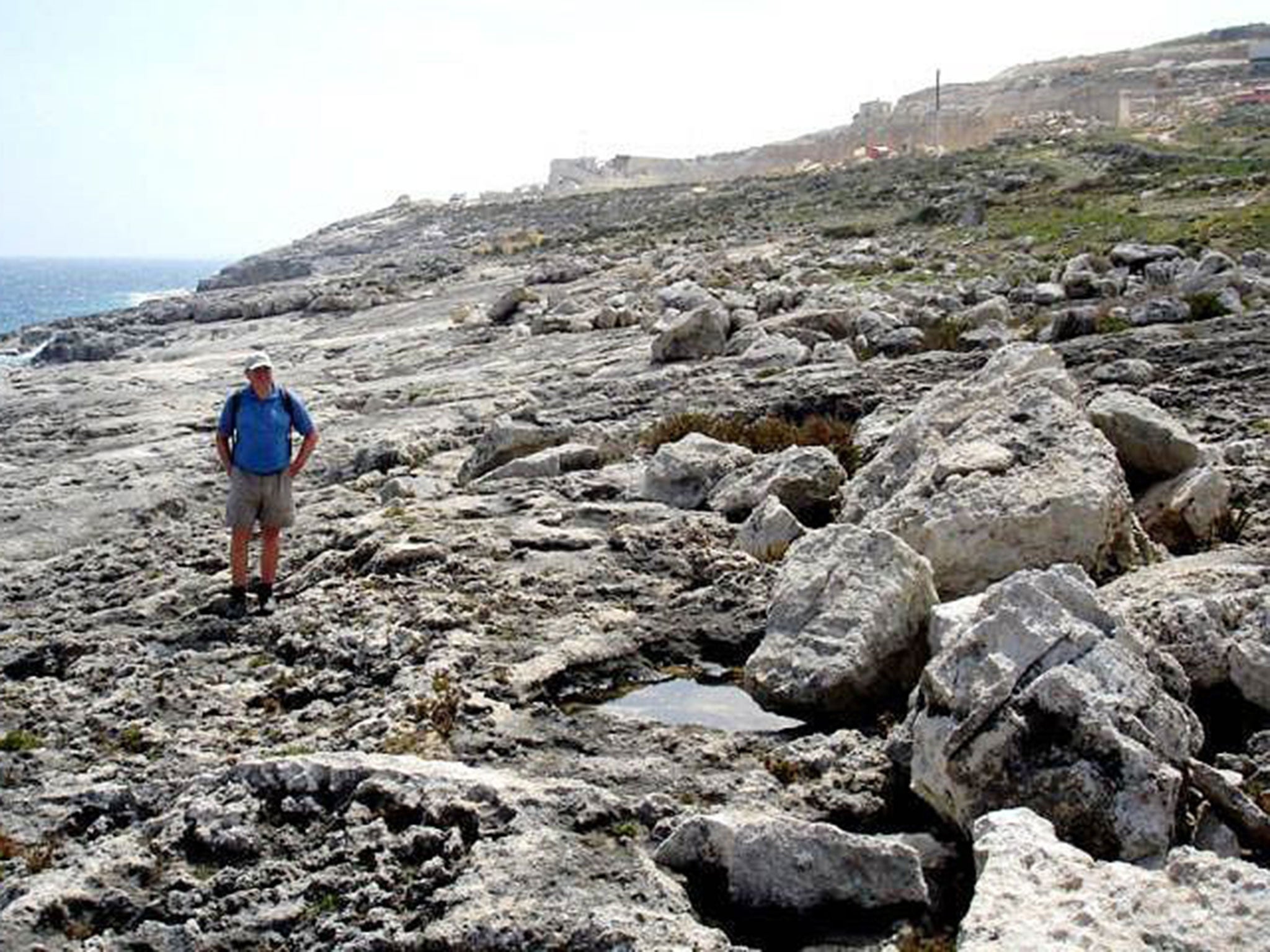Scientists discover evidence of huge tsunamis hitting Malta - and they could hit again
Huge boulders found on the island where they shouldn't be

Your support helps us to tell the story
From reproductive rights to climate change to Big Tech, The Independent is on the ground when the story is developing. Whether it's investigating the financials of Elon Musk's pro-Trump PAC or producing our latest documentary, 'The A Word', which shines a light on the American women fighting for reproductive rights, we know how important it is to parse out the facts from the messaging.
At such a critical moment in US history, we need reporters on the ground. Your donation allows us to keep sending journalists to speak to both sides of the story.
The Independent is trusted by Americans across the entire political spectrum. And unlike many other quality news outlets, we choose not to lock Americans out of our reporting and analysis with paywalls. We believe quality journalism should be available to everyone, paid for by those who can afford it.
Your support makes all the difference.A huge wave that lifted 70-tonne boulders as if they were grains of sand hit the island of Malta in the recent past and could do so again with devastating consequences, a study has found.
Scientists have found the first evidence of a highly destructive tsunami in this part of the Mediterranean which was probably caused by an earthquake with an epicentre focused near Sicily or Greece.
The researchers found that large boulders at more than two dozen sites in the north-east of Malta had been moved in land by up to 100 metres from the seabed as a result of a massive ocean wave.
It is the first time that Malta has been directly linked with a Mediterranean tsunami and the scientists have already warned the Maltese authorities about the possibility that a similar event could occur in the future.
“These tsunamis have happened in the past and the tectonic zones that caused the earthquakes are still there now. It could happen again, but the difference this time is that the island is now more densely populated,” said Malcolm Bray of the University of Portsmouth.
“We found very large boulders that were originally on the seabed high up on the land, and the only possible explanation is that they were carried there, not by usual storm waves but by a tsunami,” Dr Bray said.
“Our calculations show the tsunami wave would probably have been at least four metres high in some places and substantially more powerful than the biggest storm waves on the islands,” he said.
A tsunami, which is Japanese for “harbour wave”, is caused by the rising or lowering of the seabed as a result of an earthquake. They can spread out for thousands of miles from the epicentre, causing immense damage when they finally hit landfall.
The study found that the boulders, which contained the petrified remains of marine creatures, had been washed up and pointing in a position indicating that the direction of the tsunami came from the north-east, suggesting an earthquake centred near either Sicily or Crete.
It is not yet known when the tsunami struck Malta but being able to date the age of the marine animals that had lived on the boulders would allow them to pinpoint the last time the rocks were on the seabed, Dr Bray said.
“My best guess is that it will correlate with the last known big earthquake even off the Sicilian coast in 1693,” Dr Bray said.
“Although there is a record of an early one in 1169, and one of my colleagues has suggested something that occurred in AD365 off Crete, which caused the tsunami that destroyed Alexandria in Egypt,” he said.
Professor Derek Mottershead of Portsmouth University said that there have been no historical records of a tsunami damaging the Malta. A Mediterranean tsunami did occur in 1908, but it only had limited impact on the island, causing localised flooding.
“It appears that no event of the magnitude indicted by the new evidence has occurred within the past 300 years and so there is no historical memory of any such devastating event. It is highly likely that there have been other equally devastating waves previously and that there will be more in the future,” Professor Mottershead said.
Dr Bray said that the researchers have already presented the new evidence to the Maltese civil defence and planning authorities and have recommended a review of safety procedures and public-information campaigns.
“The most important thing we can do is to educate people about the risk and give the Maltese government the evidence needed to prepare and protect residents and holidaymakers,” Dr Bray said.
“However, if a repeat tsunami occurred now, the risks are high. In the light of these recent findings it now appears that Malta would benefit from a reevaluation of the tsunami threat,” he said.
“If people feel an earthquake, they need to know that there is a risk of a tsunami, and if they see the sea recede they should know to get to higher ground. Fortunately in Malta, higher ground is never far away, but people do need to be made aware of the risks.”
Join our commenting forum
Join thought-provoking conversations, follow other Independent readers and see their replies
Comments